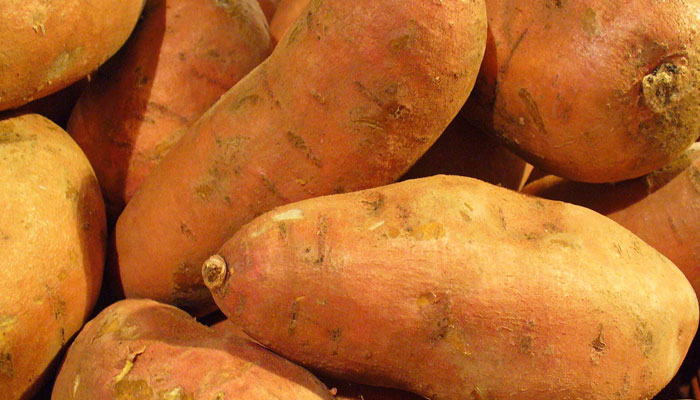
by admin | Nov 12, 2013 | Healing Food Facts
Sweet potato pie, casserole and other dishes, are frequently served at Thanksgiving dinner. A favorite of many, the sweet potato is not a member of the potato family. It is actually considered a Convolvulaceae, or morning glory family. Sweet potatoes are a native to...

by admin | Nov 11, 2013 | Natural Facts
Natural ways to silence the ringing, roaring, and hissing of tinnitus Millions of Americans suffer from tinnitus, a condition more descriptively known as “ringing in the ears.” People with severe tinnitus may have trouble hearing, working, or even sleeping. Causes...

by admin | Nov 5, 2013 | Natural Facts
Introduction: Elevated blood pressure (high BP) or hypertension is a major risk factor for a heart attack or stroke. In fact, it is generally regarded as the most significant risk factor for stroke. More than 60 million Americans have high BP, including more than half...
by admin | Nov 1, 2013 | Awareness month, Diabetes, Monthly Condition
Introduction The statistics on the growing epidemic of type 2 diabetes are staggering as it is now estimated that over 100 million Americans have diabetes or prediabetes and are at high risk of developing diabetes. If things do not change one-half of all Americans...

by admin | Oct 31, 2013 | Depression
Caffeinated drinks—such as coffee, tea, soda, and energy drinks—pep you up temporarily, but they may have a more insidious effect. They may worsen depression, insomnia, and anxiety. Several studies have looked at caffeine intake and depression. For example, one study...







